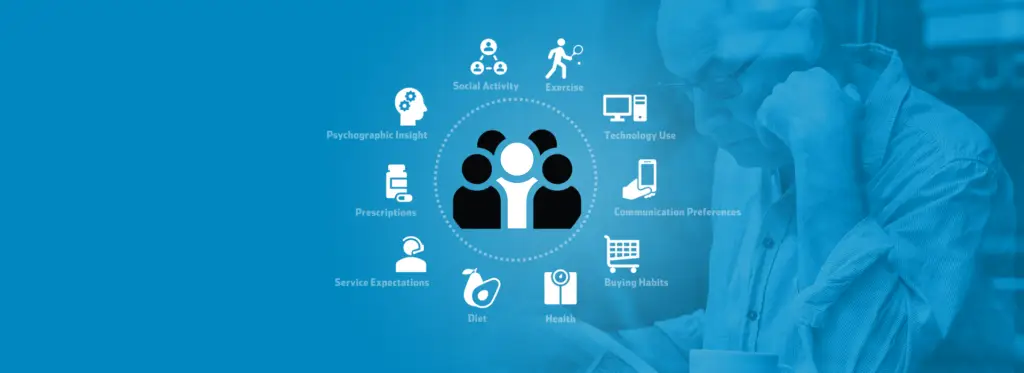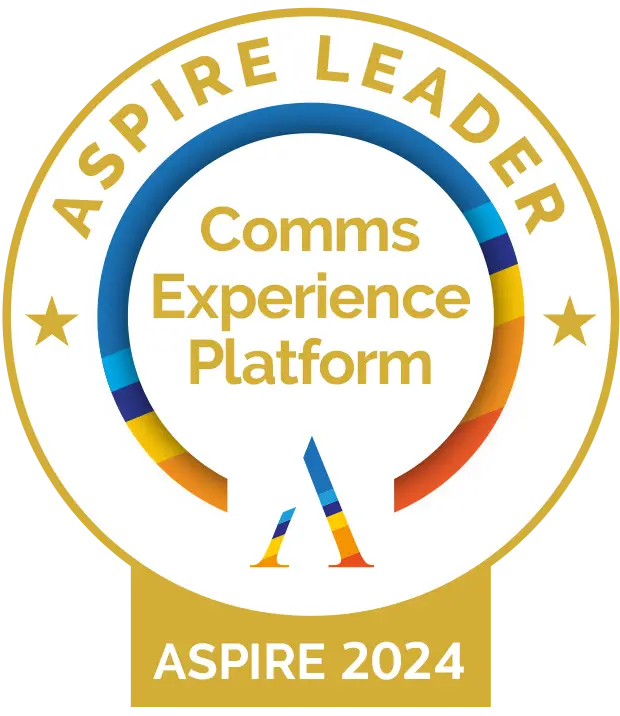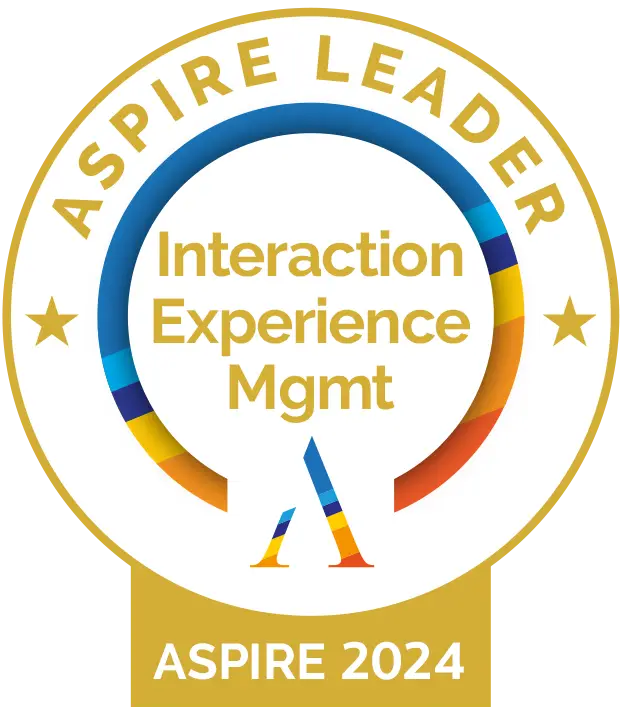In the 2016 Presidential election, most Americans and the media were bewildered when an outsider became the 45th president of the United States. The nation’s leading pollsters missed the mark in significant fashion, doing significant damage to their reputations and weakening the credibility of their prediction models. But not everyone got it wrong.
Our division at O’Neil, Investor’s Business Daily (IBD)/TIPP, was the only major national poll that used data analytics to study the polling data correctly, and predict the election. Further, the poll results are the fourth presidential election in a row that IBD/TIPP has predicted correctly, earning them praise from media outlets as “the gold standard going forward.”
So why was the IBD/TIPP poll more accurate than all other polls? One of the most advantageous differences came in the method in which IBD accurately gauged voter enthusiasm. The IBD model is not a forecast or an estimate, but a deeper, unbiased look at data and numbers that has proven to be a more realistic appraisal of what people believe.
Addressing Dissatisfaction in Health Care
So, how can this same principle be applied to customer satisfaction in health care, where organizations trail cable providers and credit card companies, which are traditionally well known for customer dissatisfaction?
The difference is in the data. A recent study indicates that only 56% of health plan members feel they can get help from their plan when they need it or that their health plan understands them or their wants and needs. Meanwhile, when members feel valued and appreciated by their plans, nearly 87% will support and recommend their plan to others, and 74% will maintain their membership. This reality presents a significant challenge and opportunity for health care plans to rethink the customer journey that they members experience. Members today, regardless of demographic, expect better coverage choices and plans that more closely meet their needs, and more relevant and transparent communications from their insurers.
Multiple Touchpoints for Personalizing the Member Experience
The path to moving a prospective member through the sales process toward enrollment and membership is a lengthy and complicated one, comprised of multiple touchpoints that can either strengthen or hinder their trust and brand loyalty. It begins with building brand awareness through tv, radio, print and online advertising campaigns. Once engaged, the prospective member may connect via an agent, on the phone, or online through the plan or cms.gov website. Throughout the sales process, they may receive printed sales collateral, whether it’s a plan overview, value-added services brochure, provider directory, drug guide, or application. As the prospect moves through enrollment, they’ll receive an acknowledgment letter, ID card, summary of benefits, enrollment confirmation letter, welcome kit and directory. As a plan member, they may receive member orientation handbook, evidence of coverage, reminder postcards, annual notice of change, explanation of benefits, compliance letters, and billing statements.
Every touchpoint throughout the member journey matters. The importance is not limited to providing them with plan information. It’s an opportunity to clearly demonstrate that the plan wants to know and understand their individual wants and needs, and seeks to engage them as a well-educated consumer rather than a passive member.
The Persona Problem
Modern healthcare marketing moves at a speed that strives to increase convenience and improve user experience. The staggering advancement in communication touch points and data analytics dramatically presents communication benefits but also begs the question: how do companies meet digital demands while also ensuring personal, relevant communication?
The answer can be found through the use of healthcare Personas, but not limited to traditional demographic insight. For example, a typical, well-crafted health-based persona will likely include factors such as age, gender, occupation, marital status, diet, lifestyle and physical fitness, chronic condition(s), and so on. While helpful, the traditional persona is still based on assumptions about a broad range of people, often derived from research, surveys, or patient engagement tactics. It is limited in its ability to decipher and understand critical psychological factors such as how a specific individual feels, thinks or wants. This limitation creates a potentially significant gap between what we might assume about an individual and what they really prefer.
The Power of “Live” Personas
What do you get when you combine multiple data points, psychographic analysis, and predictive modeling? Enter what O’Neil Digital Solutions coins as the “live” persona.
Consider the vast insight we reveal on a daily basis through our activities, behaviors, decisions and habits. From social media and technology use, to diet and exercise, communication preferences, service expectations and buying behaviors. These are each potential categories of data that inform how we want, think, or feel. Consider additional data sources established through our interactions with healthcare providers and plans: research surveys, wearables that monitor health, inbound calls, CRM data, claims and clinical data, enrollment selections, and communication preferences.
The ability to capture insight from multiple data points related to a member, and analyze and learn from that data, presents an unprecedented opportunity to create and deliver valuable experiences designed exclusively around that member.
Let’s take a look at two “live” Personas based on individuals with very similar demographics — so similar that a traditional persona profile could never distinguish their varying needs or expectations.
John is a baby boomer, age 67. He has hypertension, which he has a monthly prescription for, but hasn’t renewed in 3 months. John is very tech savvy and prefers online communication versus his mobile phone. He is even active on Facebook and Twitter. John prefers a low-carb diet and walks 1-2 miles each day.
Based on this insight, John might receive a personalized email from his healthcare plan informing him of the lapsed renewal of his prescription for hypertension. The notice would include a friendly message assuring John that goal is to make sure plan members are healthy and have no concerns of complications they should be aware of. Further, it would provide helpful information for setting up an automatic prescription renewal with his pharmacy.
Now let’s look at Constance, who is age 70 and living with diabetes. She is fairly tech savvy, and like John, is active on Facebook. She prefers to use her mobile phone for customer service issues. Constance strives to eat healthy, and loves to cook for her family and friends.
It so happens that Constance’s health plan provider hosts a popular Facebook group that delivers daily recipes and health tips to its members. She receives a Facebook Messenger invitation to join the group, enabling her to engage with other members with like interests, which she really values.
While both Constance and John share similar demographics, the psychographic data reveals insight that very clearly distinguishes their personal needs and wants. Just as the IBD/TIPP poll captures the enthusiasm of potential voters, it’s relevant data and predictive modeling that gets us much closer to delivering relevant and truly meaningful healthcare communications.
Ensuring Member Satisfaction and Better Health
Building brand loyalty and ensuring member satisfaction requires a commitment to delivering a better overall health care experience throughout the entire customer journey. It begins with taking a member-centric approach to communication and recognizing that expectations vary from person to person and guiding them at every interaction. The Star Rating system, for example, was introduced to help members navigate the complexities of selecting health and prescription drug plans. This system also plays a critical role in holding health plans and other providers accountable for quality. It has been proven that an intense focus on quality and customer experience improves member enrollment and retention. We also know with certainty that higher quality equates to improved member health.
The most successful health plans use highly personalized and relevant data to create valuable insights that enable them to interact with members in more meaningful ways. They consider every touchpoint along the journey, whether online or offline, and work to ensure personalization at every point of contact.
Disclosure:
O’Neil Digital Solutions is a leading IT consulting firm specializing in the optimization of complex end-to-end communications systems for the healthcare and financial services industries. O’Neil provides document creation & management, Omni-channel communications, interactive software solutions, data analytics and professional consulting services to help clients create rich, customer centric communications. O’Neil is part of the William O’Neil + Company family of businesses, which include Investor’s Business Daily (IBD).









